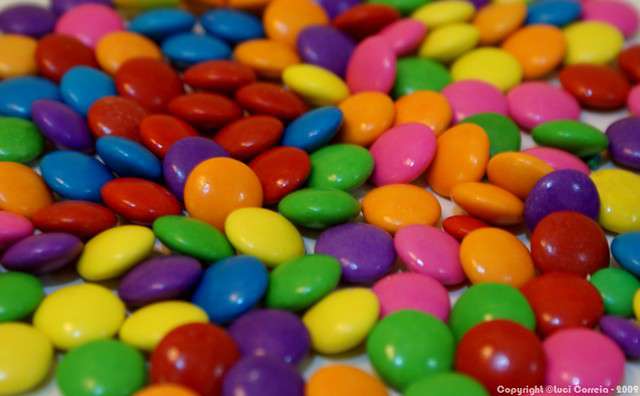
Our senses tell us a lot about the world around us, but when it comes to food options color perception and sight play the most significant role in consumer choice. Image Source: Flickr user Dennis Wong
The food production world knows that color analysis is necessary for developing a product that sells. Let’s face it, consumers cannot taste or smell many of the prepackaged foods on the market today, so they must rely on visual perception when making purchasing choices. That is why sensory testing and color analysis have quickly become an important part of helping manufactures develop products that appeal to consumer perceptions and quality expectations.



